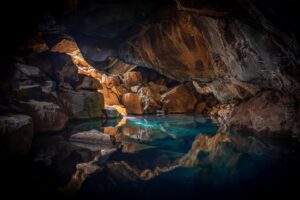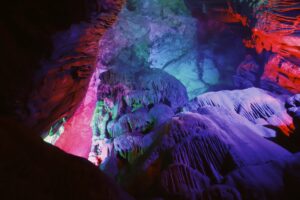Resilience and Adaptation: Stories of People Thriving in Extreme Places
Resilience and Adaptation: Stories of People Thriving in Extreme Places
Human beings are remarkable creatures who possess an innate ability to adapt to challenging environments. Throughout history, there have been individuals and communities living in some of the most extreme places on Earth, defying the odds and carving out a life amidst harsh conditions. From scorching deserts to freezing polar regions, these resilient individuals demonstrate the indomitable spirit of human survival. In this article, we will explore some captivating stories of people living in extreme places and learn about their extraordinary lives.
Life at the Edge of the World: Oymyakon, Russia
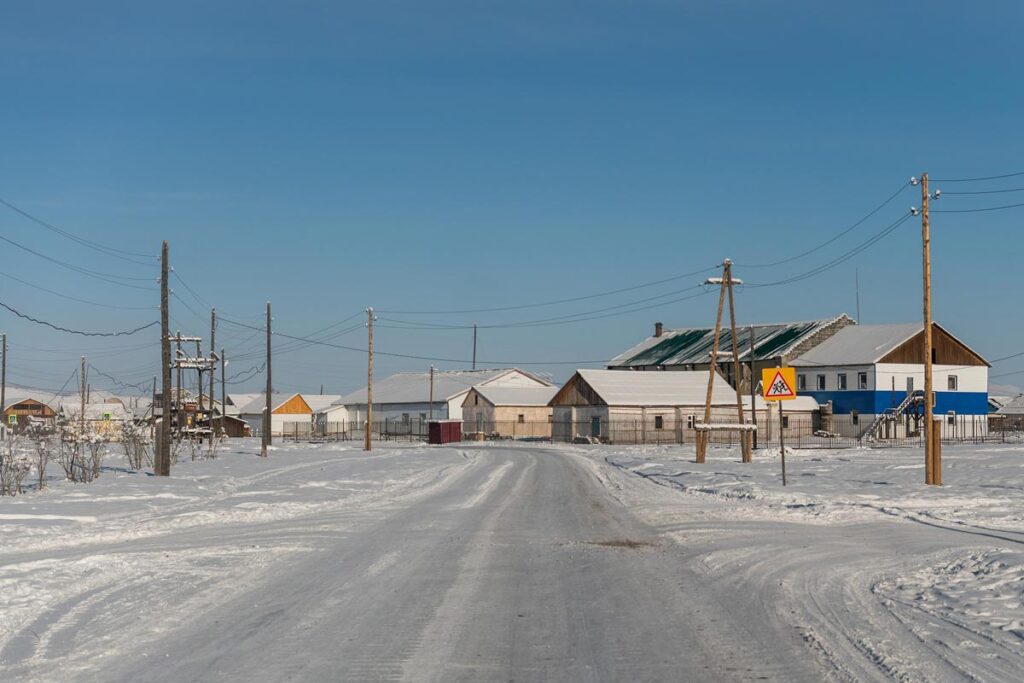
Tucked away in the heart of Siberia lies the remote village of Oymyakon, often referred to as the coldest inhabited place on Earth. With temperatures plummeting below -50 degrees Celsius (-58 degrees Fahrenheit), life here is an arduous daily battle against the cold. Yet, the people of Oymyakon have adapted remarkably well. They employ unique techniques such as using heated garages to keep their cars running, wearing layers of reindeer fur, and consuming a diet rich in meat and fat to combat the extreme cold. Despite the challenges, the people of Oymyakon lead a vibrant life, showcasing the power of human resilience.
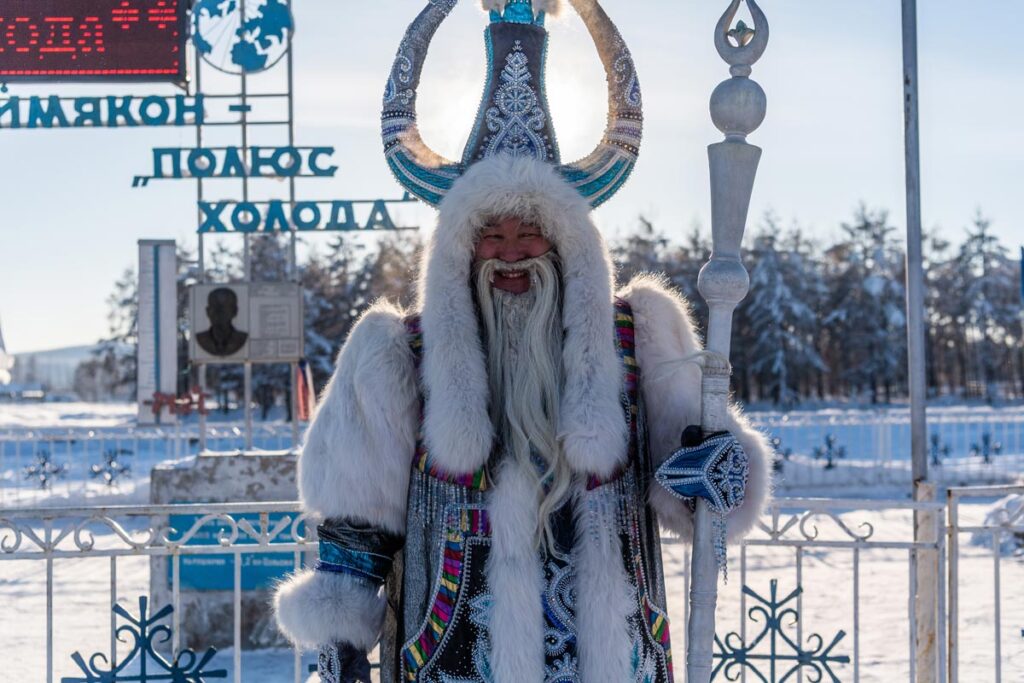
The Floating Villages of Tonle Sap, Cambodia
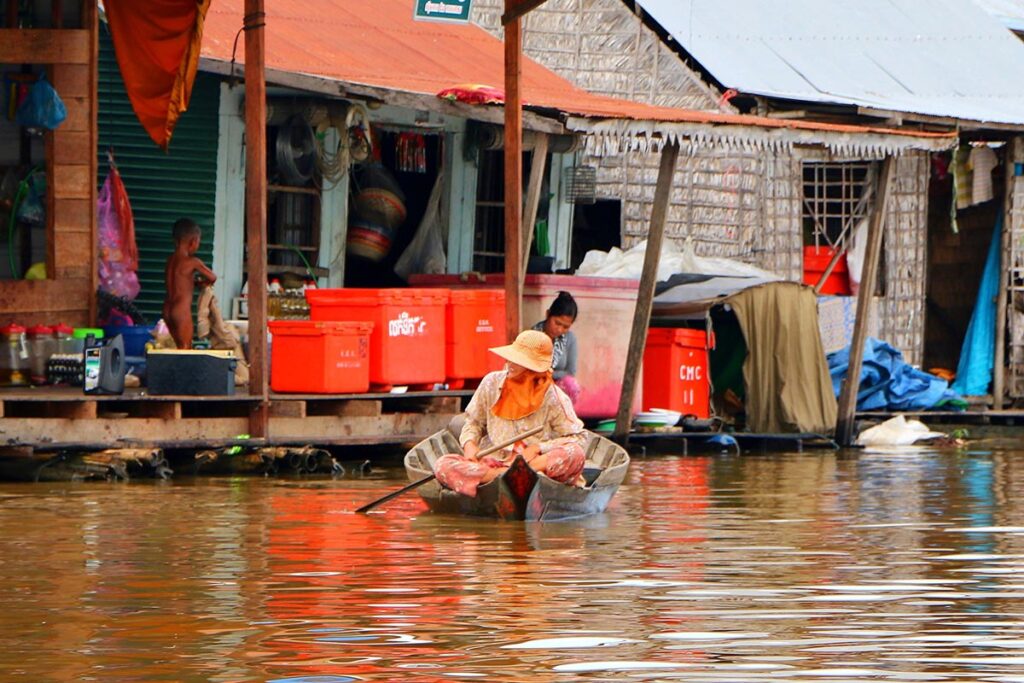
Nestled along the banks of Southeast Asia’s largest freshwater lake, Tonle Sap, lies a network of floating villages. Home to thousands of people, these communities have adapted to a life in constant flux. The water levels of Tonle Sap vary dramatically throughout the year, rising and falling with the monsoon rains. Houses are built on stilts, and residents navigate their way through the floating landscape using boats and canoes. The people here depend on fishing and farming as their primary sources of sustenance, showcasing their resourcefulness and adaptability to a dynamic environment.
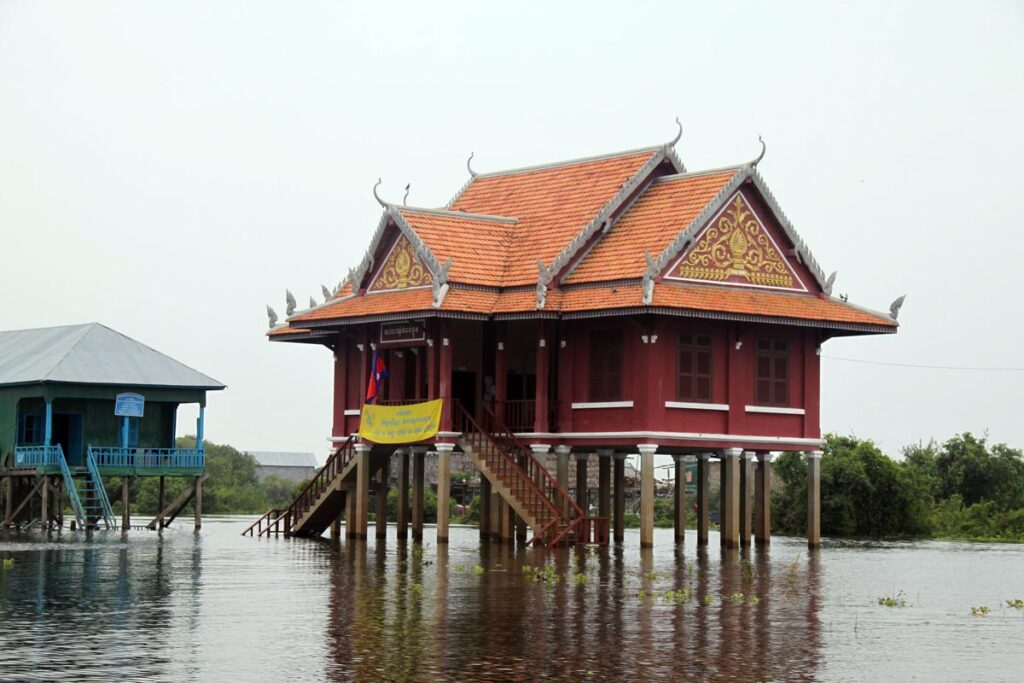
The Inhabitants of the Atacama Desert, Chile
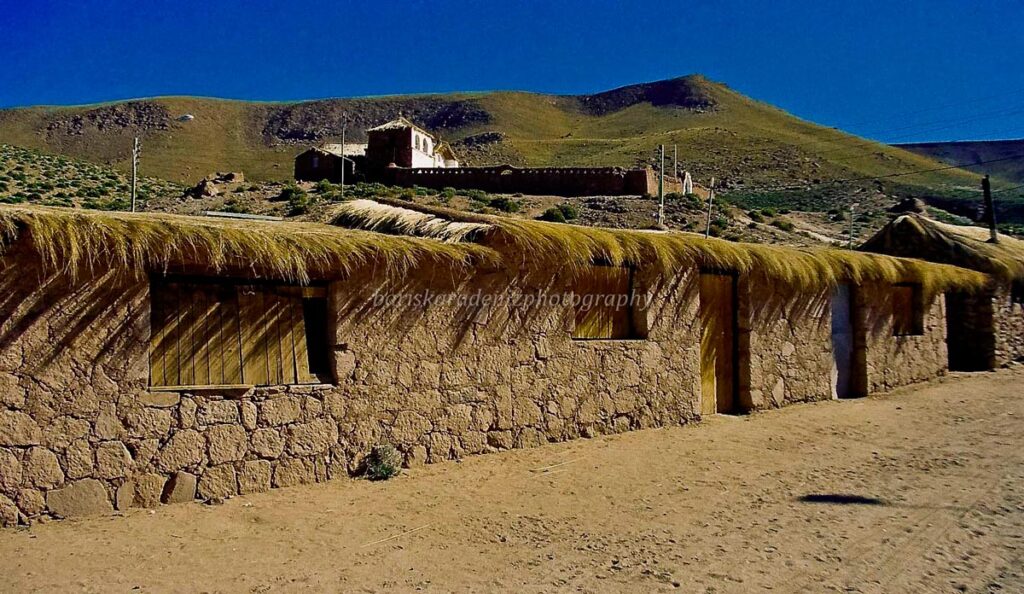
Stretching over 1,000 kilometers (620 miles) along the coast of Chile, the Atacama Desert is one of the driest places on the planet. Rainfall is virtually nonexistent, and the barren landscape resembles an otherworldly setting. However, despite the seemingly inhospitable conditions, communities have thrived here for thousands of years. The indigenous Atacameño people have developed an intimate understanding of the desert’s delicate ecosystem, utilizing ancient agricultural techniques and relying on camelid herding for sustenance. These resilient inhabitants have learned to harness the desert’s sparse resources, exemplifying a deep connection with their environment.
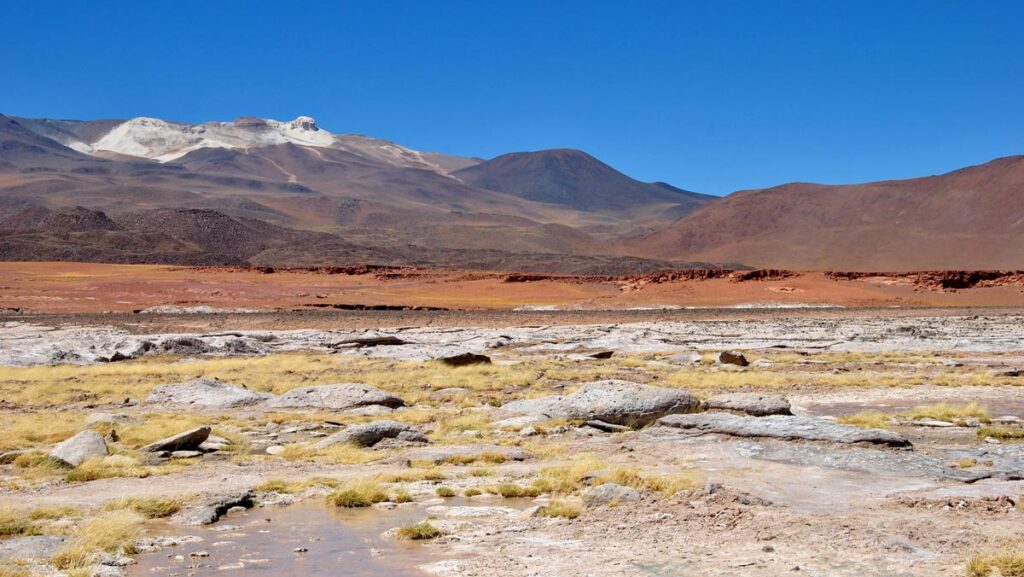
Life on the Edge: High Altitude Communities in the Himalayas
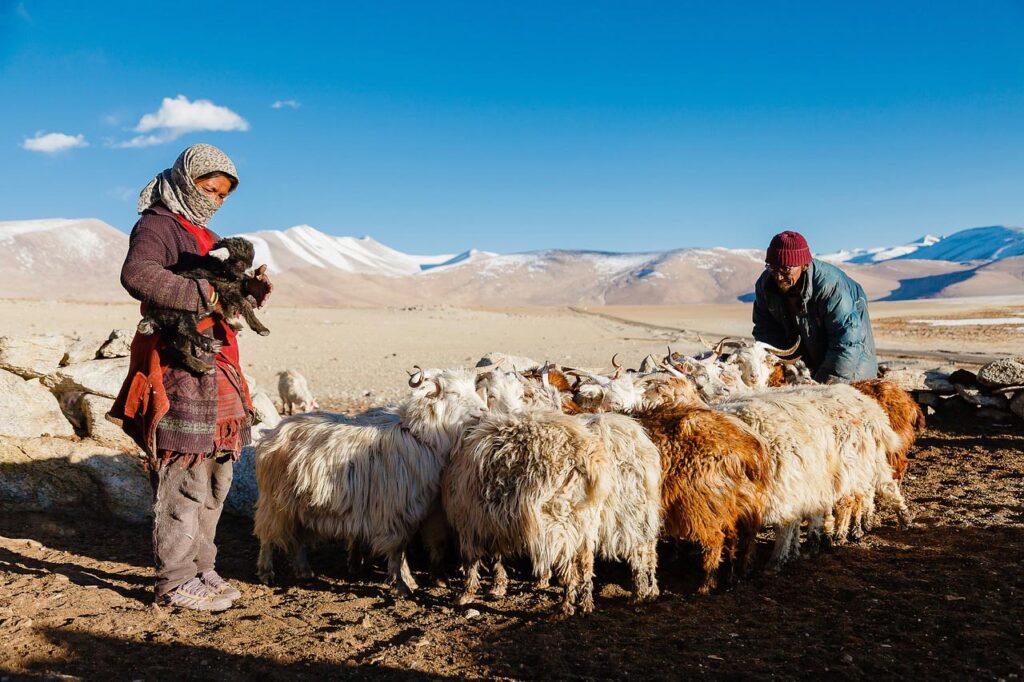
In the towering peaks of the Himalayas, at altitudes above 4,000 meters (13,000 feet), lie remote communities that have adapted to life at dizzying heights. These resilient individuals face a multitude of challenges, including oxygen deprivation, extreme weather conditions, and limited access to basic amenities. Yet, they have honed unique skills for survival, such as using specialized breathing techniques and cultivating cold-resistant crops. Their remarkable ability to adapt to thin air and endure harsh living conditions is a testament to the human spirit’s tenacity.
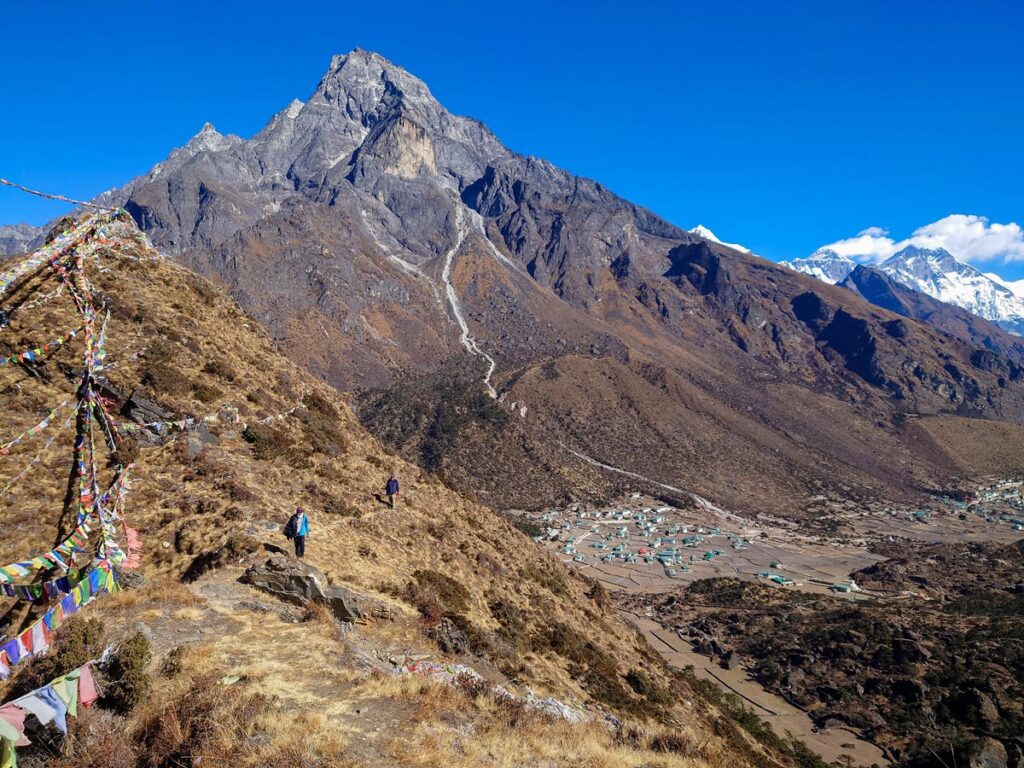
The Inuit of Greenland
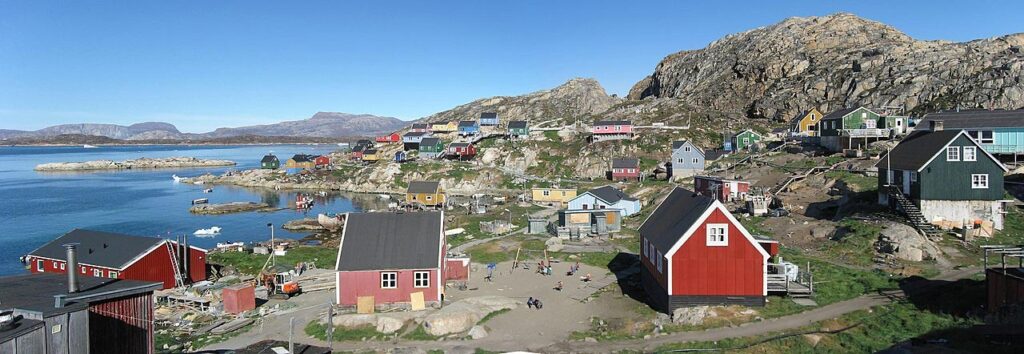
In the remote icy landscapes of Greenland, the indigenous Inuit people have thrived for centuries. Enduring long, dark winters and extreme cold temperatures, the Inuit have developed a profound understanding of their environment. They rely on hunting marine mammals, such as seals and whales, and utilize every part of the animal for food, clothing, and shelter. Their unique knowledge of ice and snow navigation, along with their strong sense of community, allows them to sustain their way of life in one of the most inhospitable regions on Earth.
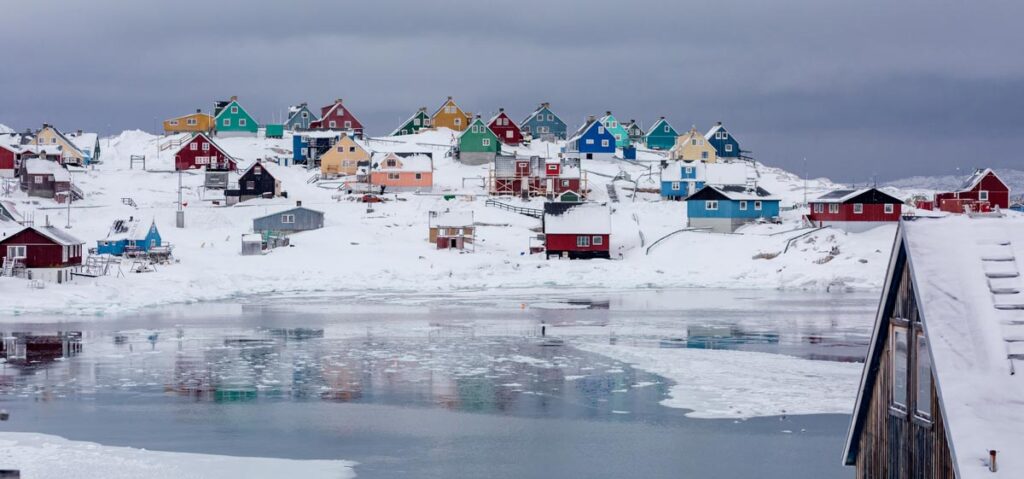
The Sámi of Lapland, Scandinavia
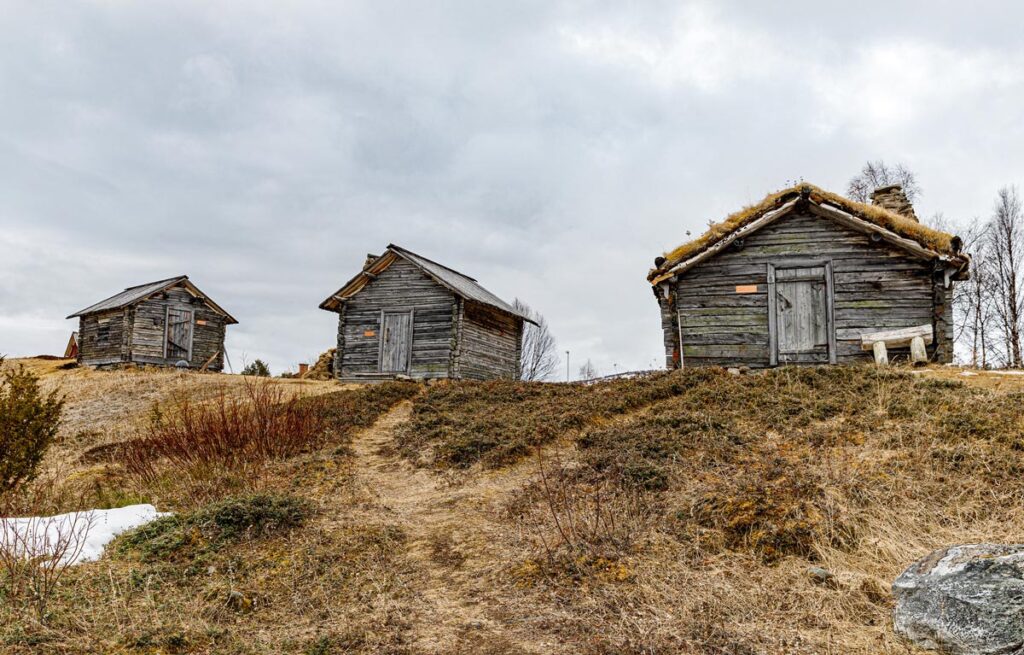
Spanning across the northern reaches of Norway, Sweden, Finland, and Russia, the Sámi people have adapted to life in the Arctic Circle. With long, frigid winters and limited daylight, they have learned to harness the resources of their environment. Reindeer herding has been a cornerstone of their culture for centuries, providing sustenance, clothing, and economic stability. The Sámi people’s deep connection to the land and their traditional knowledge of survival in extreme cold conditions have allowed them to maintain their unique way of life.
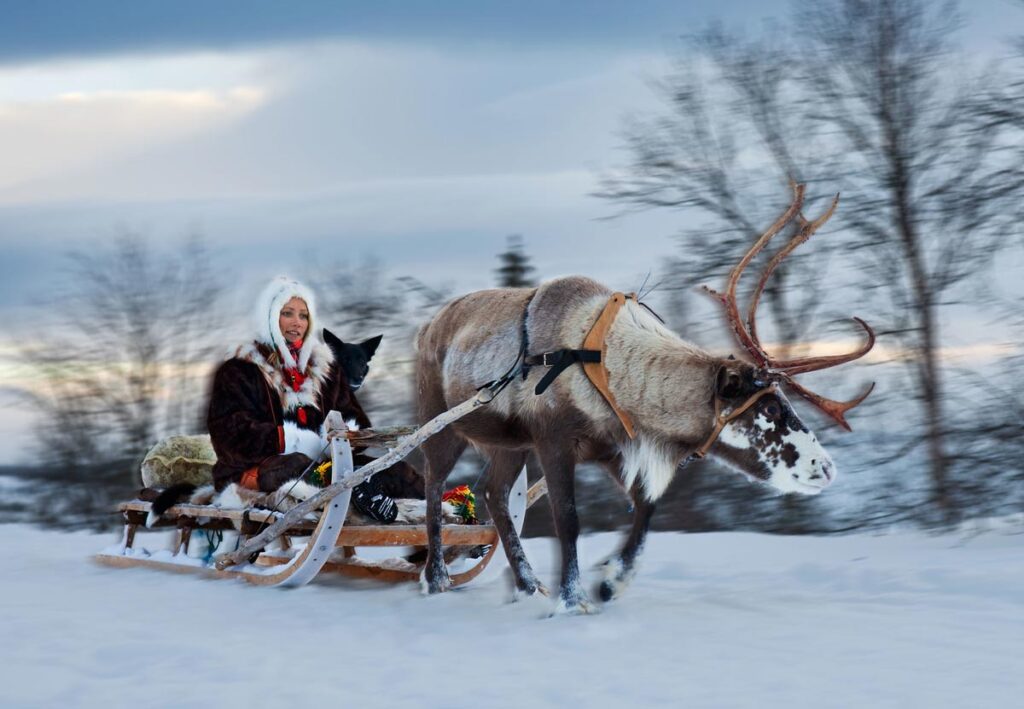
The Berbers of the Atlas Mountains, Morocco
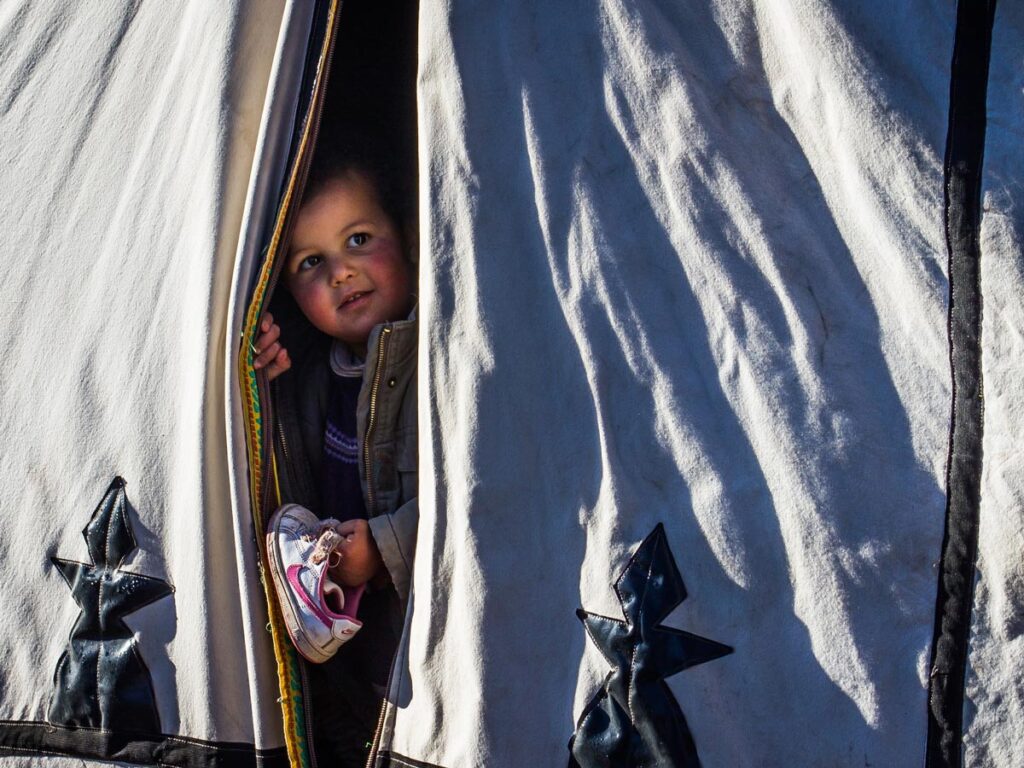
Nestled amidst the rugged terrain of the Atlas Mountains in North Africa, the Berber communities have flourished for generations. Living at high altitudes and facing extreme temperature variations, these resilient people have developed sustainable farming practices and terraced agriculture to cultivate the land. They have also constructed fortified mud-brick villages, known as ksour, to protect against harsh winds and maintain a sense of community. The Berbers’ ability to adapt to the challenging mountainous environment is a testament to their resourcefulness and ingenuity.
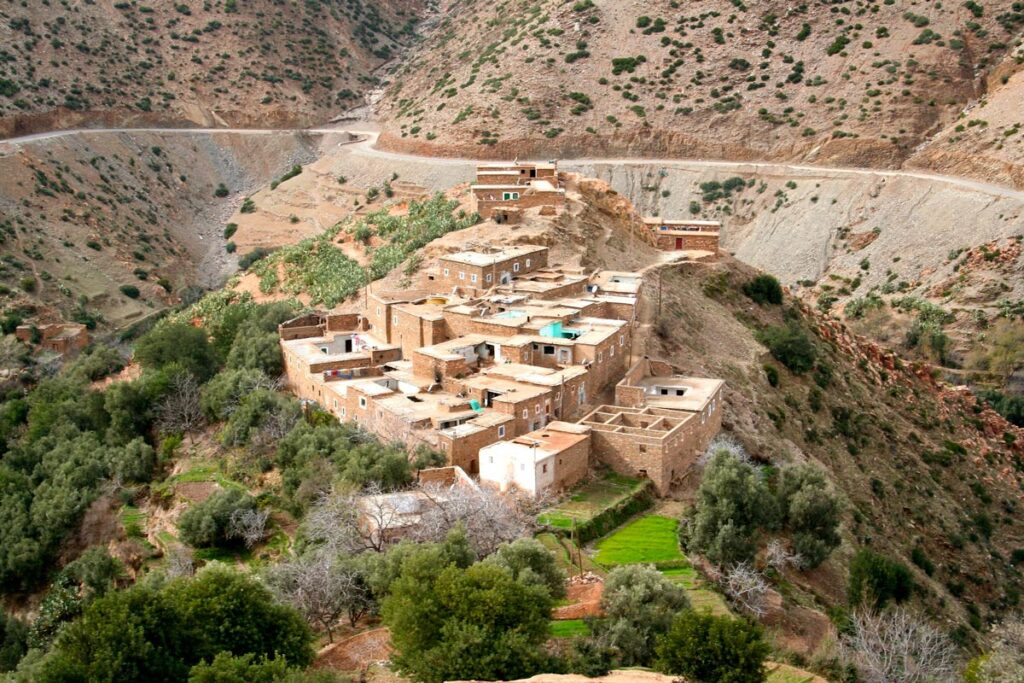
The Maasai of the Serengeti, Tanzania and Kenya
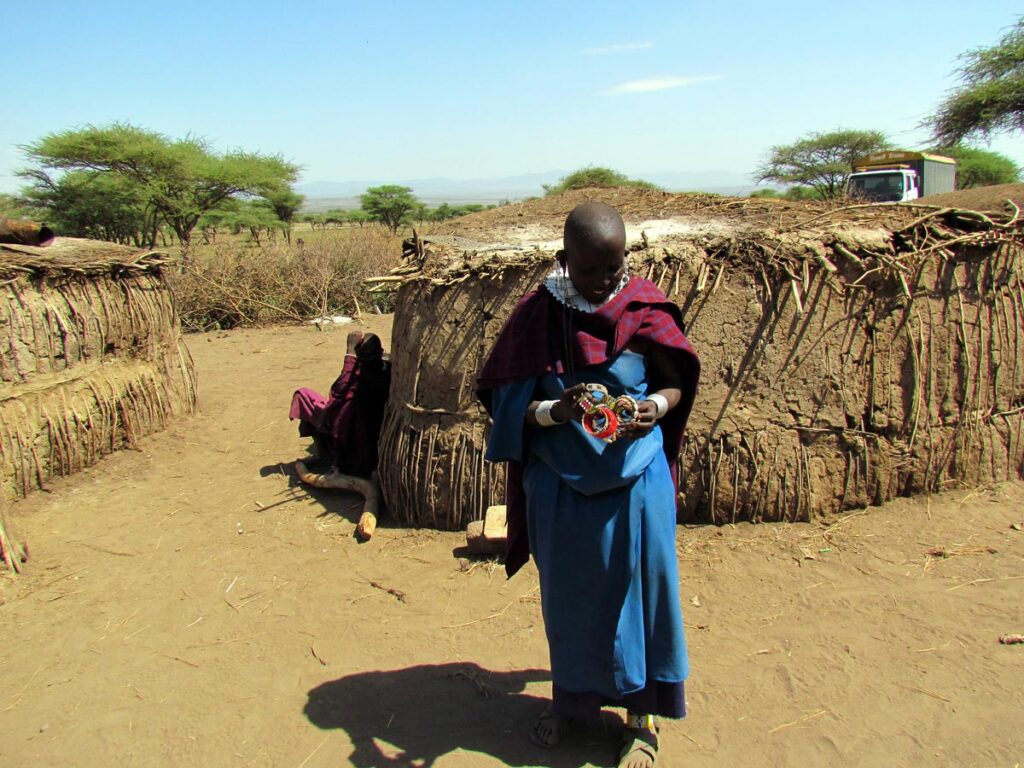
Roaming the vast savannahs of East Africa, the Maasai people have adapted to life in an environment teeming with wildlife and characterized by unpredictable weather patterns. They are nomadic pastoralists, relying on herds of cattle for their livelihoods. Their traditional knowledge of land management and their ability to coexist with wildlife have allowed them to navigate the challenges of drought, predators, and the need for fresh grazing areas. The Maasai’s deep cultural heritage and harmonious relationship with nature are awe-inspiring.
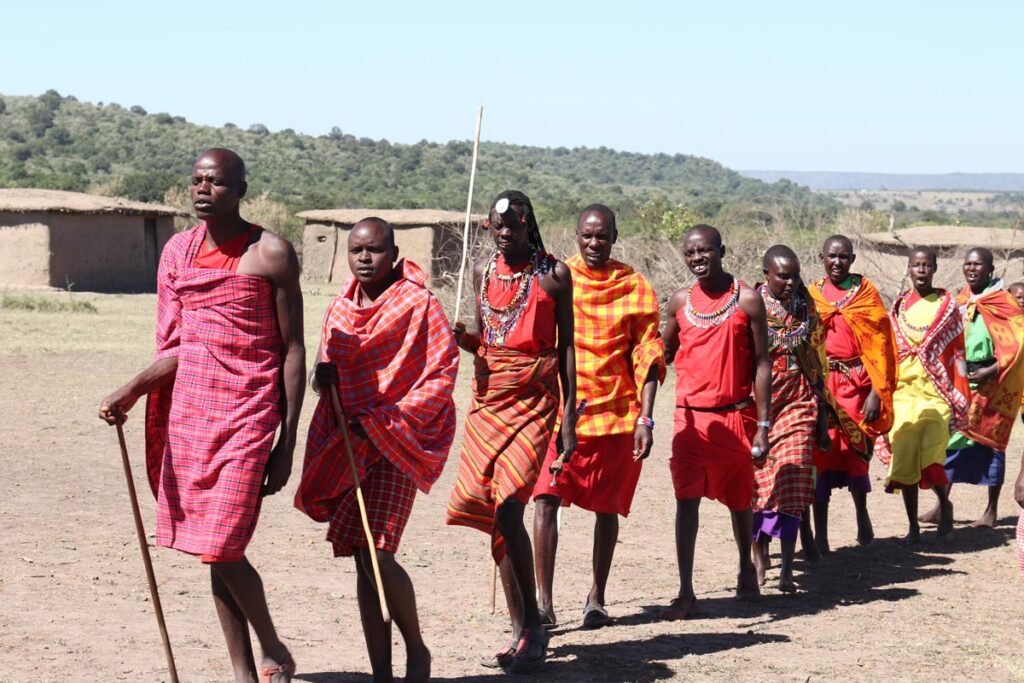
These examples highlight the extraordinary resilience and adaptability of people living in extreme places around the world. Their ability to forge meaningful lives in the face of harsh environments inspires us to appreciate the diversity of human experiences and the remarkable capacity to overcome adversity.
